#CARACALLA
Text


The eye technique of looking into your eyes, to then drift to your lips and back up again.
#i would pay#or die#for him to look at me like this once#just once#joseph quinn#cinemacon#gladiator#a quiet place#aqp day one#joe quinn#chocolate button eyes#eddie munson#michael#johnny storm#fantastic four#caracalla#stranger things
447 notes
·
View notes
Text
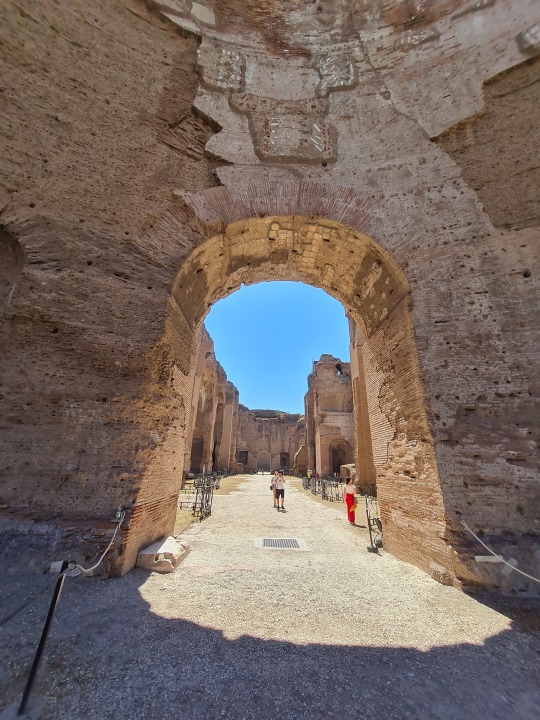


The Baths of Caracalla in Rome, Italy
The thermae were probably constructed during the reigns of the emperors Septimius Severus and his son Caracalla. This was between 211 and 216/217 AD.
#baths of caracalla#ancient rome#roman history#ancient history#ancientmonuments#archaeology#roman empire#caracalla#roman emperor#bath house#roman architecture#rome#roma#italia#italy#rome italy#travel#traveling#travel photography#history#culture#architecture#mosaic#roman mosaic#travel blog#wanderlust#explore#road trip#lazio#original photography
246 notes
·
View notes
Text
Just leaving it here 👀..


#joseph quinn#joe quinn#localemofreak#I made this post before on my old account and it blew up a little 💀#BUT YALL SEE IT RIGHT??#gladiator 2#the similarities scare me.#caracalla
90 notes
·
View notes
Note
excuse me WHITE face paint?!?!?!

yes, confirmed. blonde hair, white face paint.
48 notes
·
View notes
Text
THE FACT THAT THERES A NEW AQPDO TRAILER AND GLADIATOR 2 FOOTAGE (WHICH ALSO SHOWS A BLONDE JOSEPH QUINN AS CARACALLA) THAT HAS BEEN SHOWN BUT WE CANT EVEN SEE IT 😭😭😭 I NEED TO SEE EVERYTHING ASAP!!!!
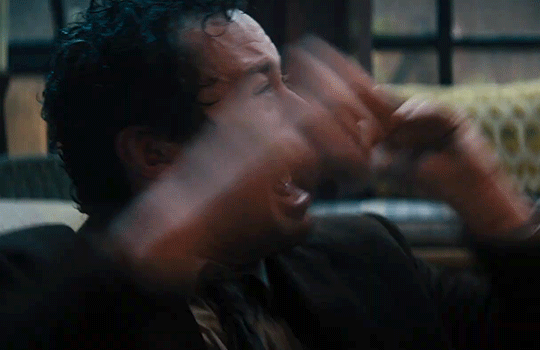
#joseph quinn#joe quinn#joseph anthony francis quinn#joseph quinn characters#chocolate button eyes#a quiet place : day one#eric joseph quinn#a quiet place day one#a quiet place#caracalla#caracalla joseph quinn#emperor caracalla#gladiator 2 joseph quinn#joseph quinn gladiator 2#gladiator 2#gladiator 2 caracalla#joseph quinn fandom
42 notes
·
View notes
Text

The Baths of Caracalla by Lawrence Alma-Tadema
#lawrence alma tadema#art#baths#caracalla#roman#ancient rome#rome#romans#ancient#antiquity#history#europe#european#architecture#architectural#bathing#women#dresses#flowers#public baths#thermae#italy#baths of caracalla
201 notes
·
View notes
Text

Marble portrait of the emperor Caracalla. 212–217 CE. x
Caracalla took the official name of M. Aurelius Antoninus Pius as part of the Severan dynasty’s attempt to appear as the legitimate and worthy successors of the secondcentury Antonine emperors. Despite this, in his official portraiture, he abandoned the luxuriant hair and beard of his predecessors for a military style characterized by closely cropped curls and a stubble beard. An ancient source records that on his deathbed, his father Septimius Severus advised Caracalla to “enrich the soldiers and despise everyone else.” This finely carved head is a powerful rendering of the official portrait and was probably produced at an imperial
workshop, since the statue fragments are said to have been found in Rome. It is from a statue, the legs of which also survive and are displayed in the Study Collection on the Mezzanine Floor.
126 notes
·
View notes
Photo

Caracalla
Caracalla was Roman emperor from 211 to 217 CE. Born Lucius Septimius Bassianus, son of Septimius Severus and Julia Domna, he became co-ruler with his father in 198 CE and sole ruler after the death of his father in 211 CE and of his brother Geta later that same year. In his Edict of 212 CE, the Antonine Constitution, he granted Roman citizenship to all free inhabitants of the empire. This worked well as propaganda but at the same time also increased tax revenue for the state. Following his father's advice, he sought the support of the Roman army above all, sharing hardship with his soldiers on campaign. His campaigns in the western part of the Roman Empire secured the frontiers and made him popular with the army, but his campaign against Parthia in the east was less successful. He was assassinated by his praetorian prefect, Macrinus (r. 217-218 CE).
Early Life
Caracalla was born Lucius Septimius Bassianus on 4 April 188 CE in Lugdunum (Lyon) where his father Septimius Severus (r. 193-211 CE) was serving as the governor of Gallia Lugdunensis during the last years of Emperor Commodus (r. 180-192 CE). When Caracalla was seven, his name was changed to Marcus Aurelius Antoninus. This was done because of the wish of his father, now emperor, to link the new Severan dynasty with the previous Antonine one. The name 'Caracalla' was considered a nickname and referred to a type of cloak that the emperor wore (the nickname was originally used pejoratively and was never an official name of the emperor). At the time his name was changed, Caracalla became the official heir of his father, and in 198 CE at the age of ten, he was designated co-ruler with Severus (albeit a very junior co-ruler!).
From an early age, Caracalla was constantly in conflict with his brother Geta who was only 11 months younger than he. At the age of 14, Caracalla was married to the daughter of Severus' close friend Plautianus, Fulvia Plautilla, but this arranged marriage was not a happy one, and Caracalla despised his new wife (Dio 77.3.1 states that she was a 'shameless creature'). While the marriage produced a single daughter, it came to an abrupt end when in 205 CE Plautianus was accused and convicted of treason and executed. Plautilla was exiled and later put to death upon Caracalla's accession (Dio 77.5.3).
In the year 208 CE, Septimius Severus, upon hearing of troubles in Britain, thought it a good opportunity to not only campaign there but to take both of his sons with him as they were living libertine lifestyles in the city of Rome. Campaigning, Severus thought, would give both boys exposure to the realities of rule, thus providing experience for them which they could use upon succeeding their father. While in Britain, Geta was supposedly put in charge of civil administration there, while Caracalla and his father campaigned in Scotland. Although Caracalla did acquire some valuable experience in military matters, he seems to have revealed an even darker side of his personality and, according to Dio, tried on at least one occasion to kill his father so that he could become emperor. Although it was unsuccessful, Severus admonished his son, leaving a sword within his son's reach challenging him to finish the job that he botched earlier (Dio 77.14.1-7). Caracalla backed down, but according to Herodian, he was constantly trying to convince Severus' doctors to hasten the dying emperor's demise (3.15.2). In any case, the emperor died at Eboracum (modern York) in February 211 CE. Severus' last advice to both Caracalla and Geta was to "Be good to each other, enrich the army, and damn the rest" (Dio 77.15.2).
Continue reading...
40 notes
·
View notes
Text

Playing around with blonde Joe
22 notes
·
View notes
Text
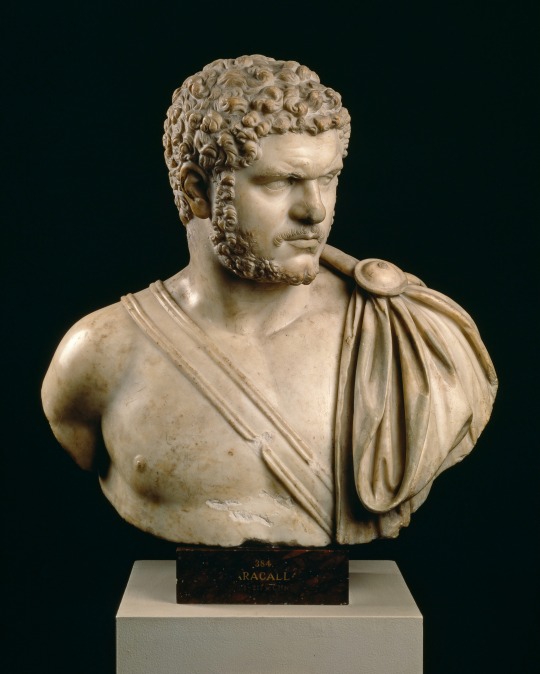
Emperor Caracalla as sole ruler, 212-17, white marble, h. 57 cm, Altes Museum, Staatliche Museen zu Berlin, Berlin.
Marcus Aurelius Severus Antoninus, given the nickname Caracalla (after a hooded Gallic cloak) even during his lifetime, came to power with his younger brother Geta after the death of their father Septimius Severus (r. 193–211). Their coregency suddenly ended when Caracalla ordered the death of Geta and many of his supporters in 212… In Mesopotamia on April 8, 217, after five years as sole ruler, Caracalla too was murdered.
Caracalla looked to Alexander the Great as a role model and sought to imitate him in both conduct and appearance. “He was such a passionate devotee of Alexander’s that he used certain weapons and drinking cups that he thought had once belonged to Alexander. He also set up many portraits of Alexander…” (Cassius Dio, Roman History 78, 7, 1). Caracalla supposedly modelled himself on the Macedonian ruler even in his gestures and facial expressions.
The Berlin portrait depicts Caracalla’s head and entire upper body, as was popular among portrait busts from the second century AD onward. Except for the general’s cloak draped over his left shoulder and the sword belt across his chest, the emperor is nude. The nudity combined with the military trappings elevates him above the realm of the everyday into a heroic sphere. His head is stocky and compact, and turned strongly towards his left shoulder. His hair, rendered in knotlike tufts, lies close to his skull. The tufts at the center of his forehead are clustered together and point upwards, perhaps a play on Alexander the Great’s hairstyle (anastole). A short moustache and beard complete the coiffure. The facial features are full of energy: numerous horizontal and vertical creases on the forehead and bridge of the nose accentuate the powerful movement and drama of the whole physiognomy. The effect is heightened by the partially shaved chin and the small, slightly open mouth. The portrait follows not only images of Alexander but also those of athletes.
In AD 212 this portrait type, the so-called “sole ruler” type, replaced the portrait of Caracalla as the young successor to the throne. It remained in use until AD 217. In presenting himself as a vigorous autocrat living up to athletic and military ideals, the emperor represented himself in a manner very different to that of his predecessors.
— text via Google Arts & Culture (© Verlag Philipp von Zabern, Antikensammlung, Staatliche Museen zu Berlin).
22 notes
·
View notes
Text


I swear... I need him to look at me like that and hold my chin while mocking me for blushing.
#i need him to destroy me#more ways than one#and its still not enough#joseph quinn#lupita nyong'o#a quiet place#aqp#eric#eddie munson#stranger things#caracalla#gladiator#hoard#michael#fantastic four#johnny storm
173 notes
·
View notes
Text

my dathomirian siblings, based on this meme

#art#digital art#my art#my ocs#zabrak#dathomirian#star wars#sw oc#I didn't finish his tattoos but I will say this is for a narrative reason#caracalla#seraii#hagaar
25 notes
·
View notes
Text

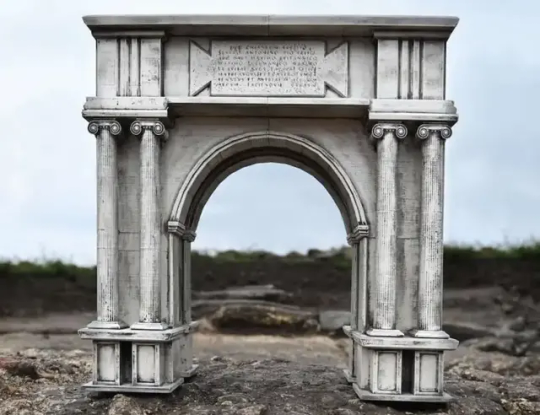
Remains of Ancient Roman Triumphal Arch Unearthed in Serbia
Braving bitter cold and wind, archaeologists in Serbia surveyed the site of an ancient Roman triumphal arch, one of only a handful in the Balkans, that dates back to the third century.
The triumphal arch was discovered in December at the site of Viminacium, a Roman city near the town of Kostolac, 70 kilometers (45 miles) east of Belgrade.
Miomir Korac, the leading archaeologist, said the discovery was made during excavation of the main street of Viminacium, the capital of the Roman province of Moesia.
“This is the first such triumphal arch in this area… It can be dated to the first decades of the third century AD,” Korac told Reuters on Monday.
Viminacium was a sprawling Roman city of 45,000 people with a hippodrome, fortifications, a forum, palace, temples, an amphitheatre, aqueducts, baths and workshops. It existed between the first and sixth centuries.

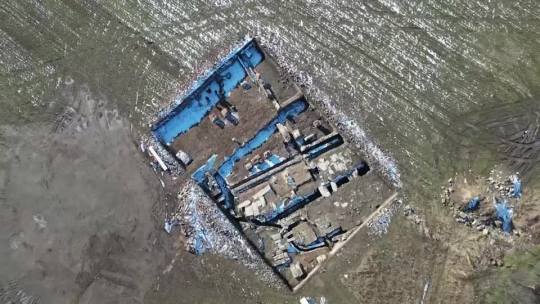



“When we found square foundational footprints made of massive limestone pieces… there was no doubt that this was a triumphal arch,” Korac said.
A fragment of a marble slab with letters reading “CAES/ANTO” suggested that the arch was dedicated to Emperor Marcus Aurelius Antoninus, known as Caracalla, who reigned from 198 to 217 AD.
It is believed that Caracalla was elevated to emperor in Viminacium, said Mladen Jovicic, an archaeologist.
“We are hoping to find more pieces… We have found one finely made pillar, beams, but we would like to find more from the inscription on the arch,” Jovicic said.
Excavations of Viminacium have been going on since 1882, but archaeologists estimate they have only scoured 5% of the site, which they say is 450 hectares — bigger than New York’s Central Park — and unusual in not being buried under a modern city.
Discoveries so far include two Roman ships, golden tiles, coins, jade sculptures, religious items, mosaics, frescos, weapons and remains of three mammoths.

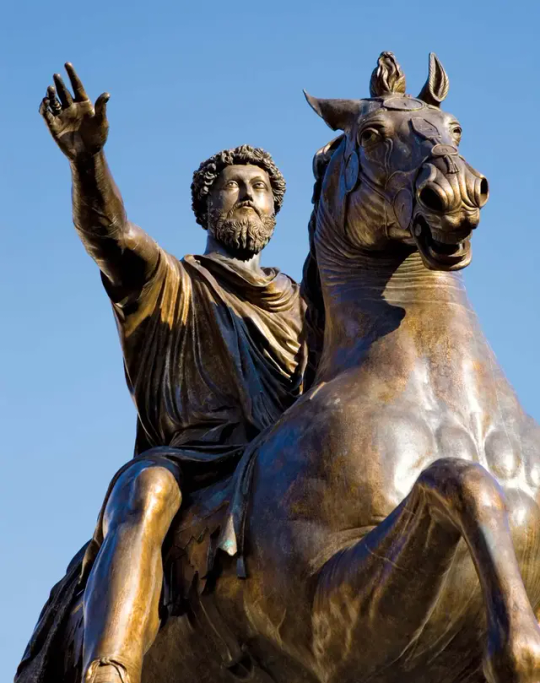
#Remains of Ancient Roman Triumphal Arch Unearthed in Serbia#Viminacium#Emperor Marcus Aurelius Antoninus#Caracalla#ancient city#ancient artifacts#archeology#archeolgst#history#history news#ancient history#ancient culture#ancient civilizations#roman history#roman empire#roman emperor
27 notes
·
View notes
Text
Commodus in Gold ⚜️

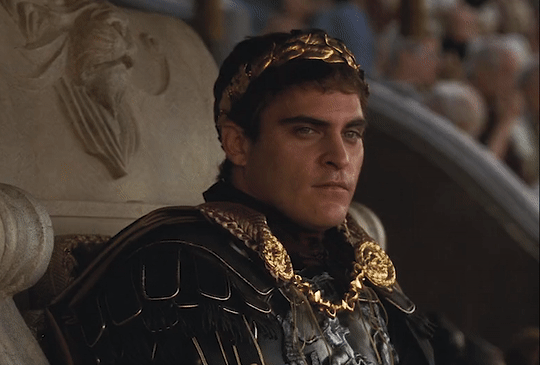
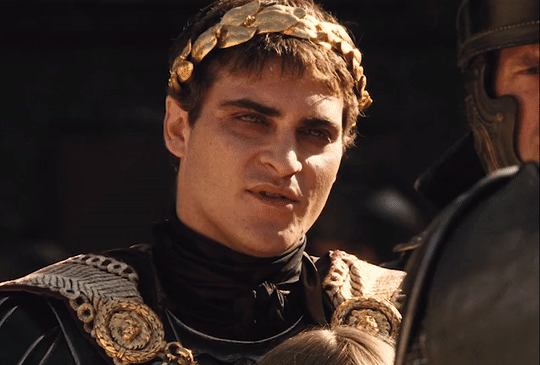

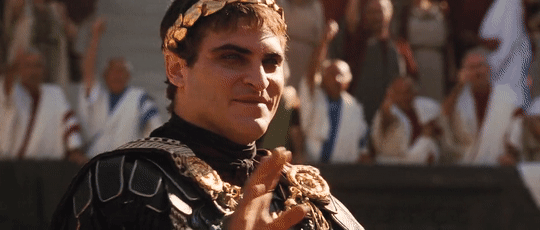
His microexpressions are everything!!!
Hyped for Gladiator 2 coming out. I have trust Joseph Quinn is gonna deliver an out of this world performance as the new “antagonist” emperor but let’s pay tribute to our OG Sassy emperor that paved the way- Commodus the Merciful!
#commodus#joaquin phoenix#gladiator#gladiator 2#ridley scott#emperor commodus#roman empire#rome#paul mescal#pedro pascal#joseh quinn#emperor caracalla#caracalla#ancient rome#film gifs#cinema#film
15 notes
·
View notes
Text

The so-called Severan Tondo. The Roman emperor Septimius Severus (r. 193-211 CE) and his wife Julia Domna are shown with their sons Caracalla (L. Septimius Bassianus) and Geta. Geta's face has been destroyed as part of the damnatio memoriae he underwent following his assassination by Caracalla. Tempera on panel, artist unknown; ca. 200 CE. Now in the Altes Museum, Berlin. Photo credit: © José Luiz Bernardes Ribeiro / CC BY-SA 4.0.
#classics#tagamemnon#Ancient Rome#Roman Empire#ancient history#Roman history#Severan Dynasty#Septimius Severus#Julia Domna#Caracalla#Geta#art#art history#ancient art#Roman art#Ancient Roman art#Roman Imperial art#tondo#tempera on panel#Altes Museum#Antikensammlung Berlin
185 notes
·
View notes
Text
soooo… since gladiator 2 has finished filming, what do you guys think the project joseph quinn needs to finish is…? im truly wondering 🤔
#joseph quinn#joe quinn#joseph anthony francis quinn#hoard movie#hoard film#stranger things#eddie munson#steddie#joseph quinn stranger things#gladiator 2 joseph quinn#joseph quinn gladiator 2#joseph quinn hoard#joseph quinn characters#joseph quinn fluff#joseph quinn eddie munson#gladiator 2#caracalla#michael hoard#eddie munson is alive#eddie munson stranger things#stranger things eddie#chocolate button eyes#enjolras#eddie munson fandom#eddiemunson#eddie stranger things#steddie fandom#kin jamie#arthur havisham#tom grant
16 notes
·
View notes